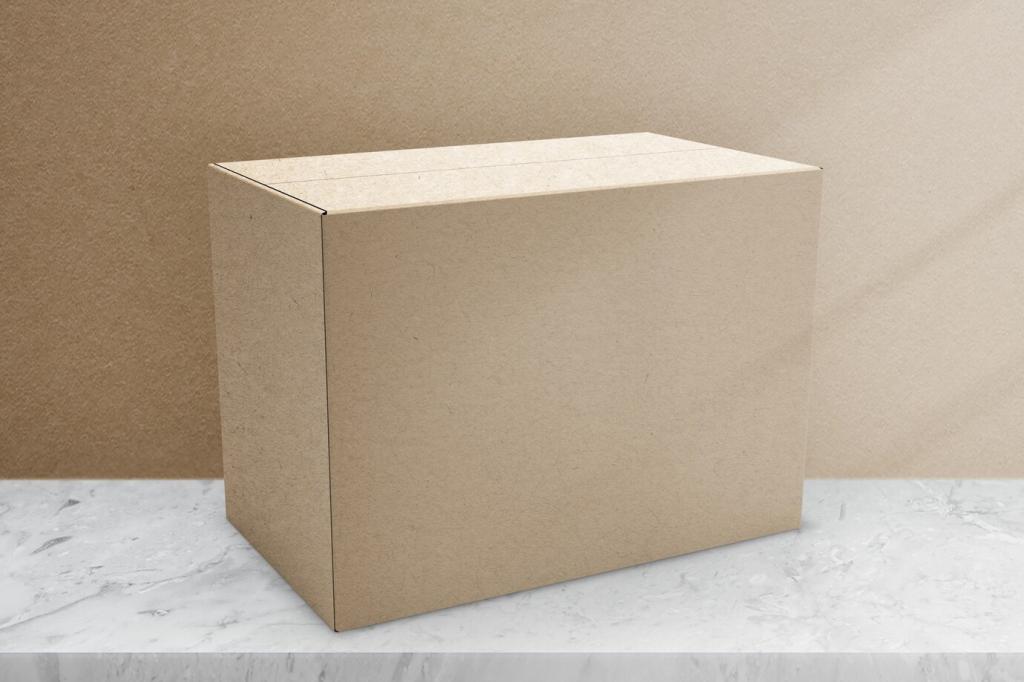
The Impact of Sustainability on Modern Interior Design
Sustainability has become a defining feature in the evolution of modern interior design, influencing not only the choice of materials but also shaping the very philosophy behind contemporary spaces. As environmental consciousness takes center stage, designers and homeowners alike are reimagining interiors that prioritize the planet without compromising on style or comfort. The drive for greener living spaces has fundamentally shifted the way interiors are conceptualized, built, and inhabited, emphasizing longevity, adaptability, and responsibility. This page explores how sustainability is transforming every facet of modern interior design, from material selection to the integration of advanced technologies, fostering healthier environments and timeless aesthetics.
Natural and Renewable Resources
Upcycled and Recycled Materials
Low-Impact Finishes and Treatments
Energy Efficiency and Smart Technology

